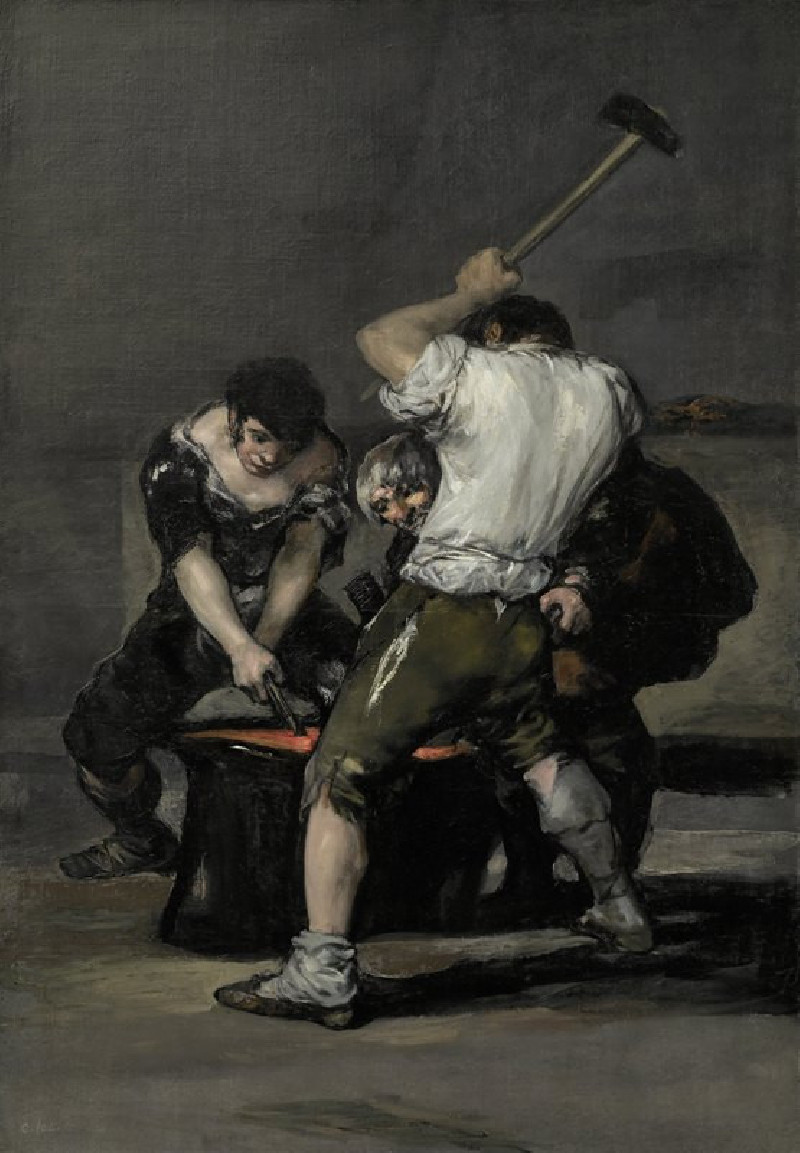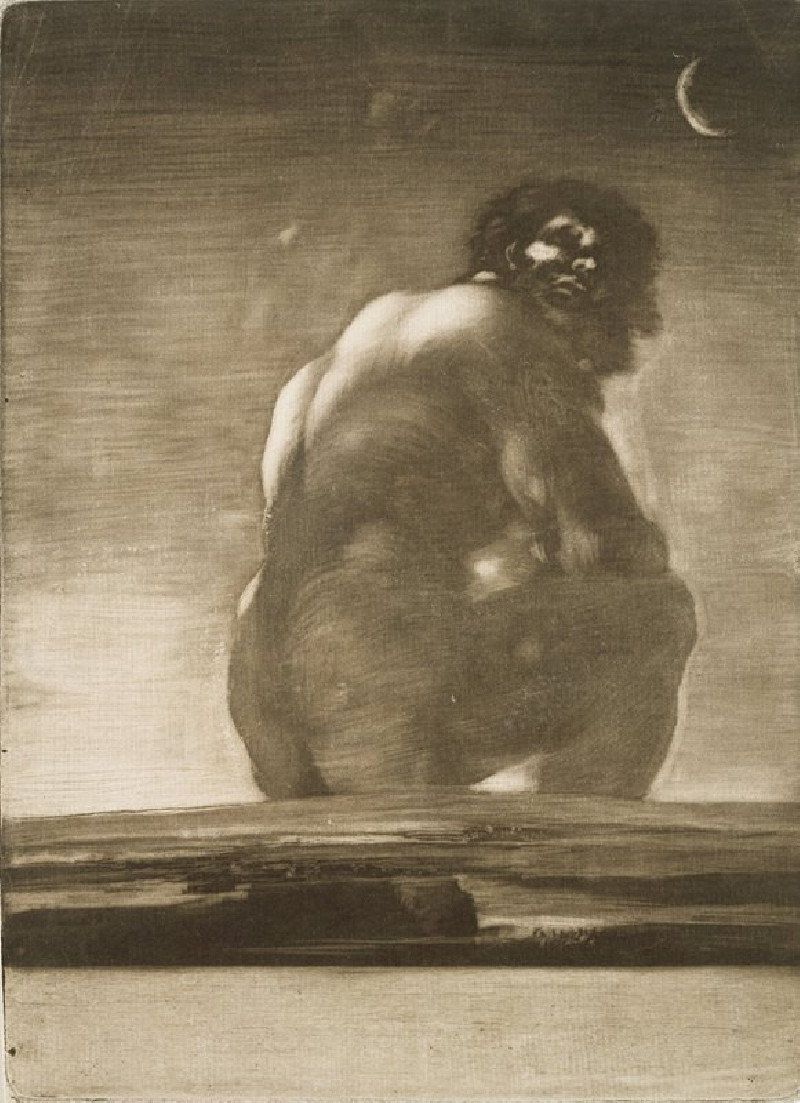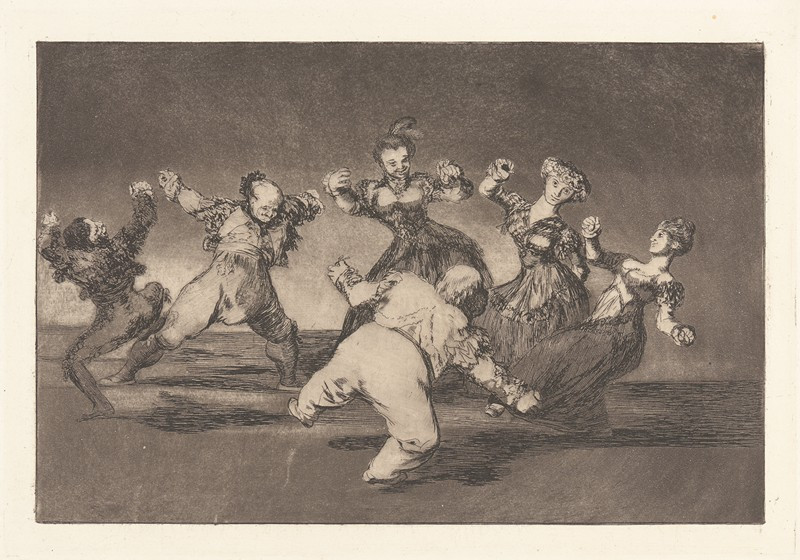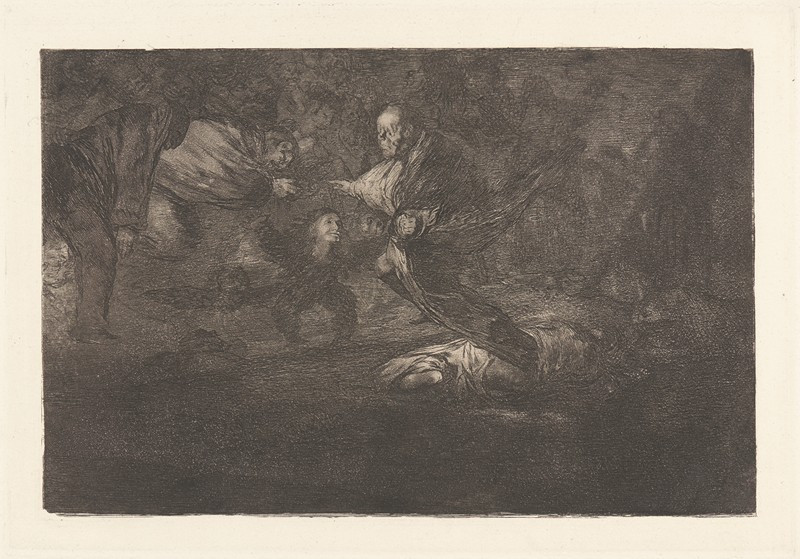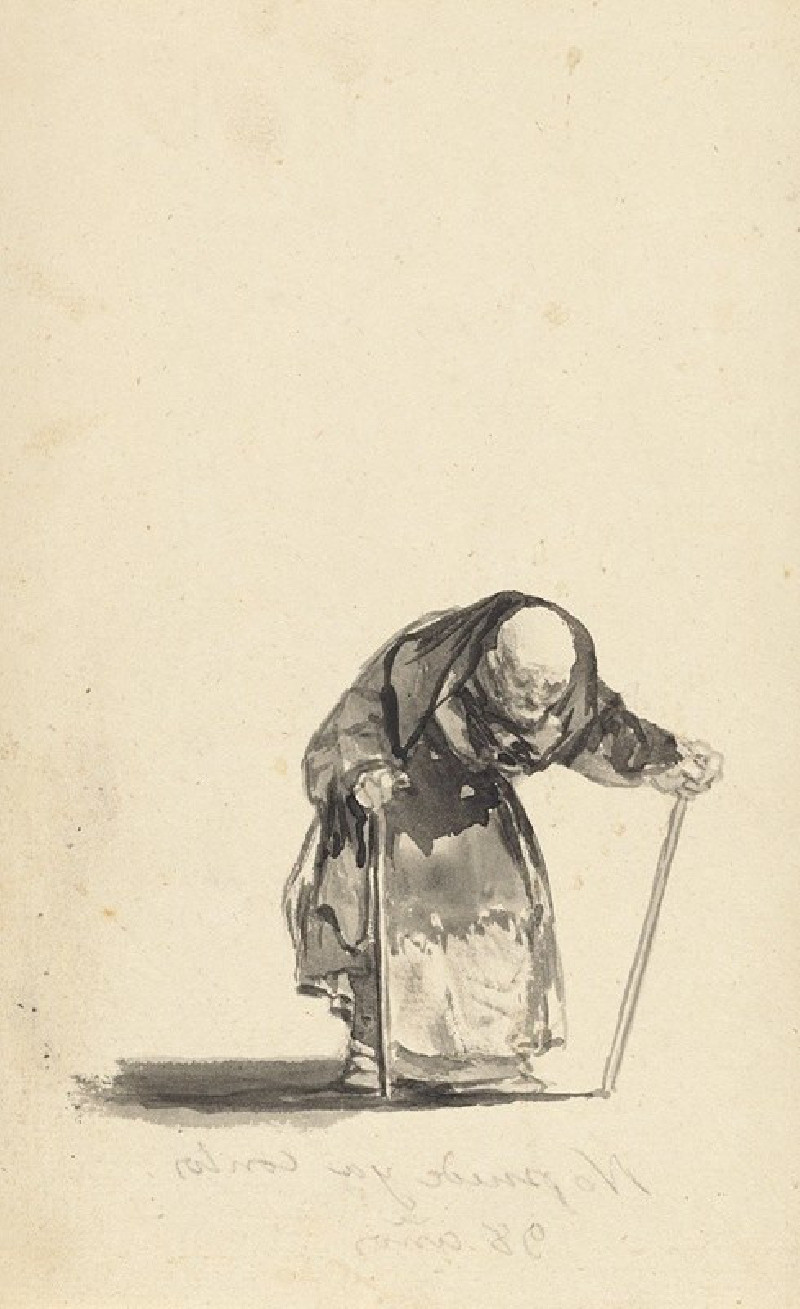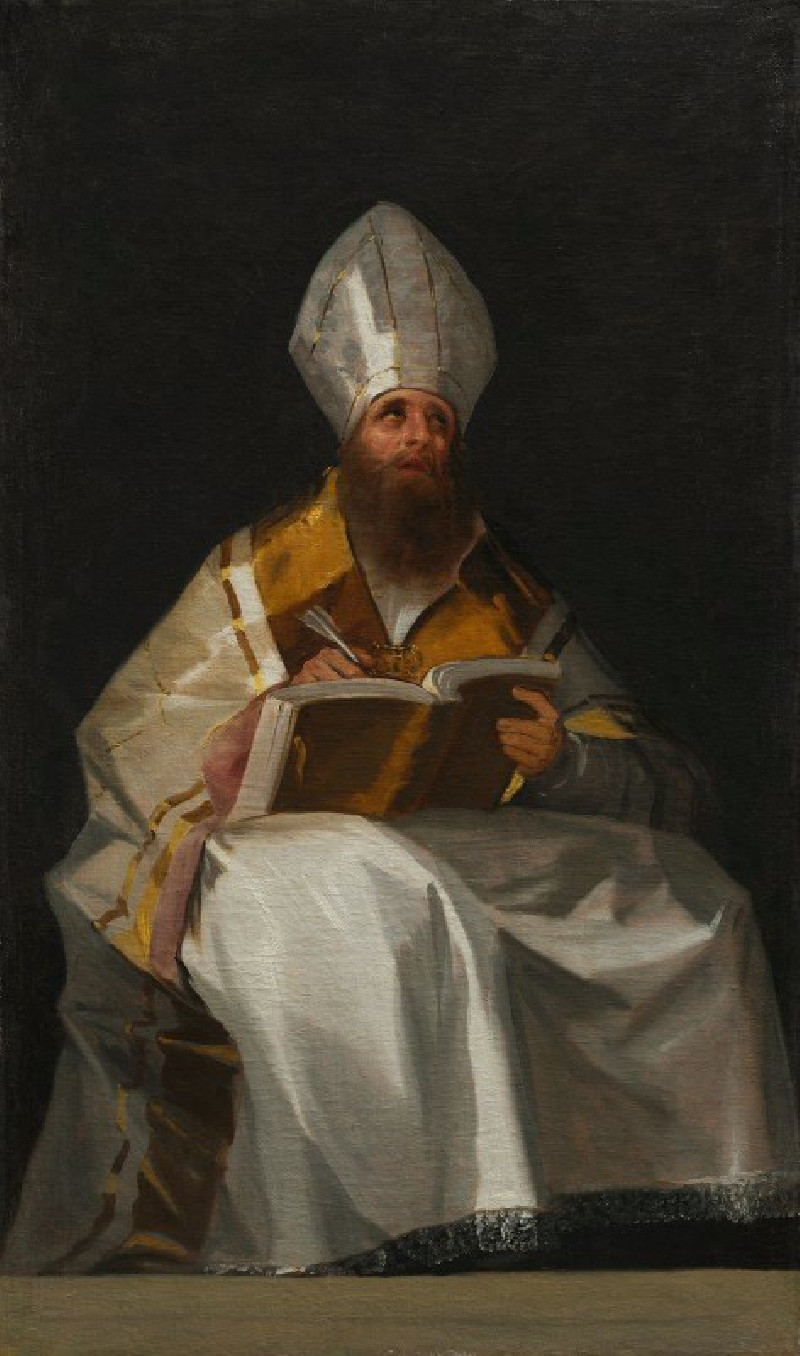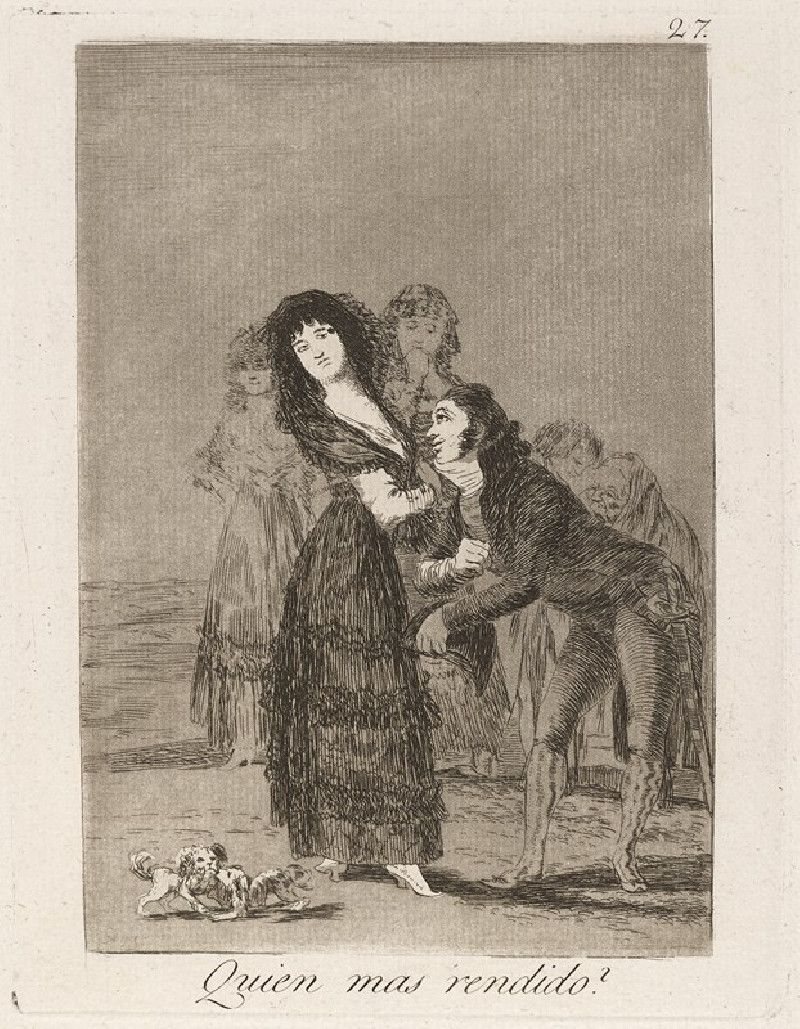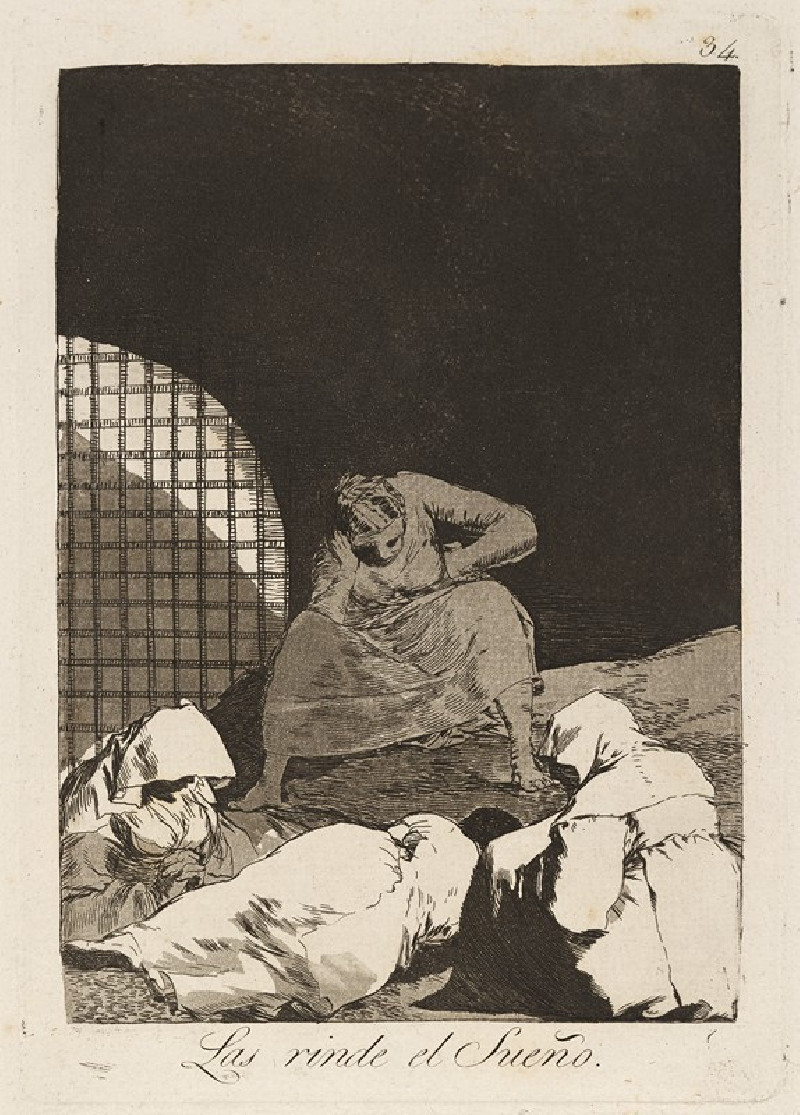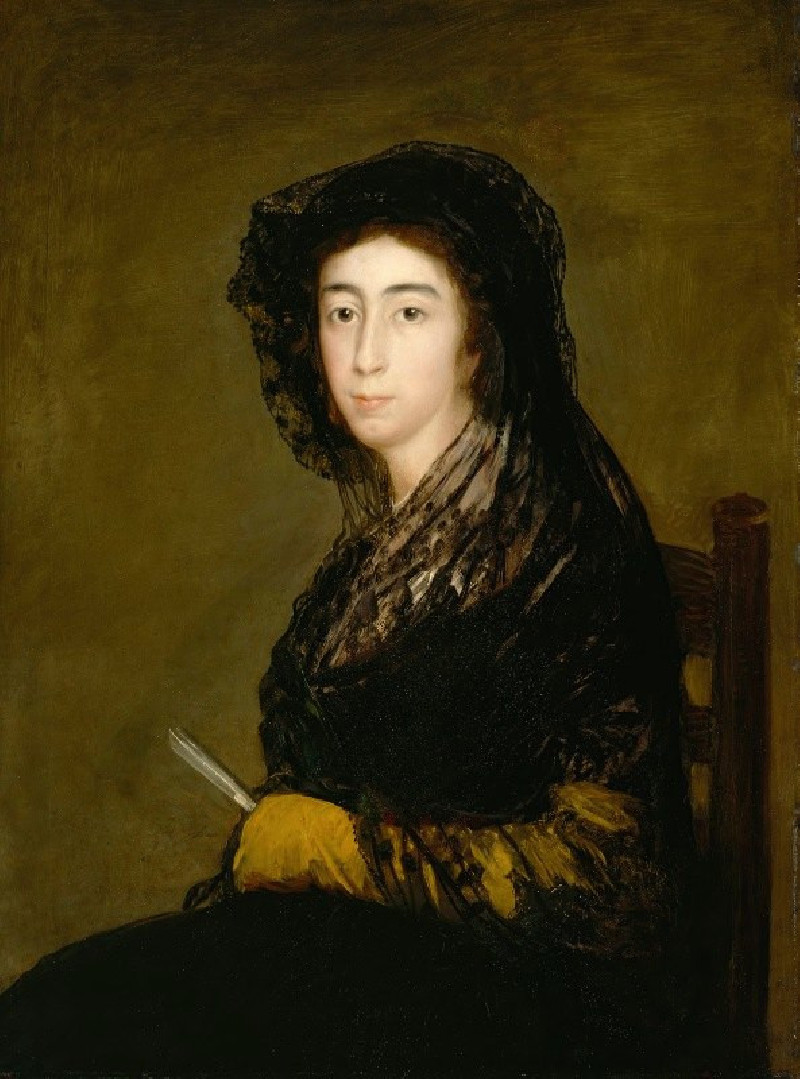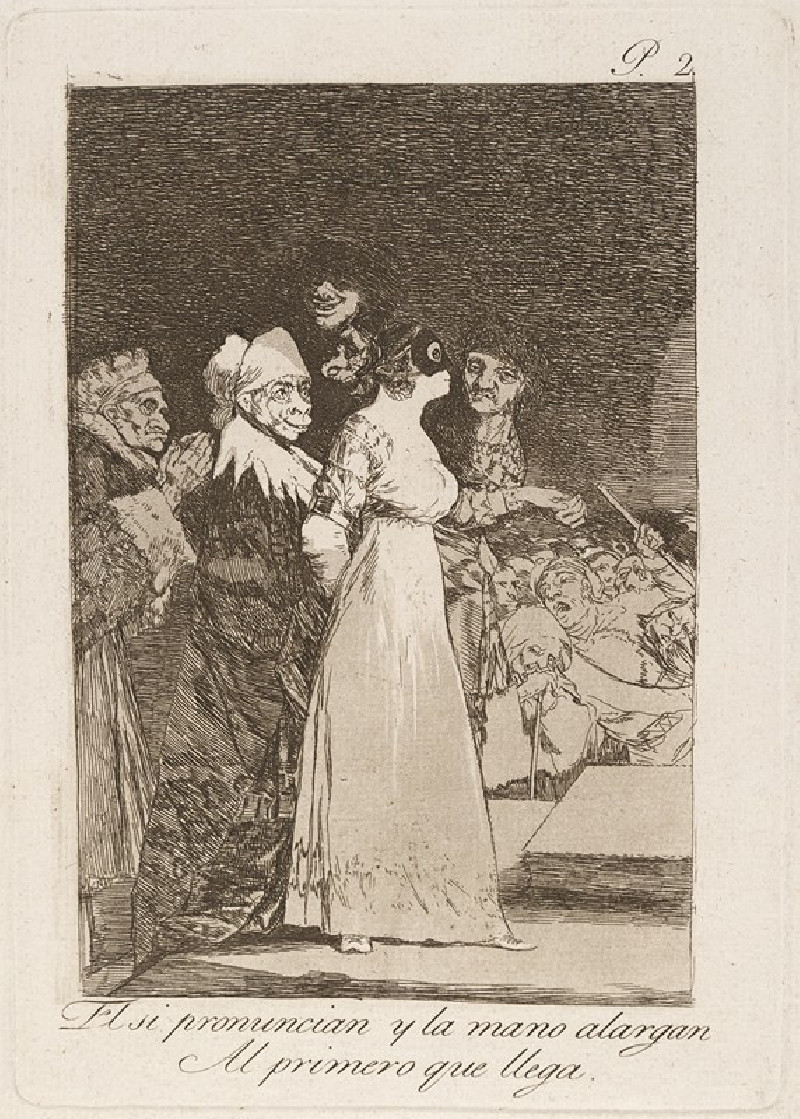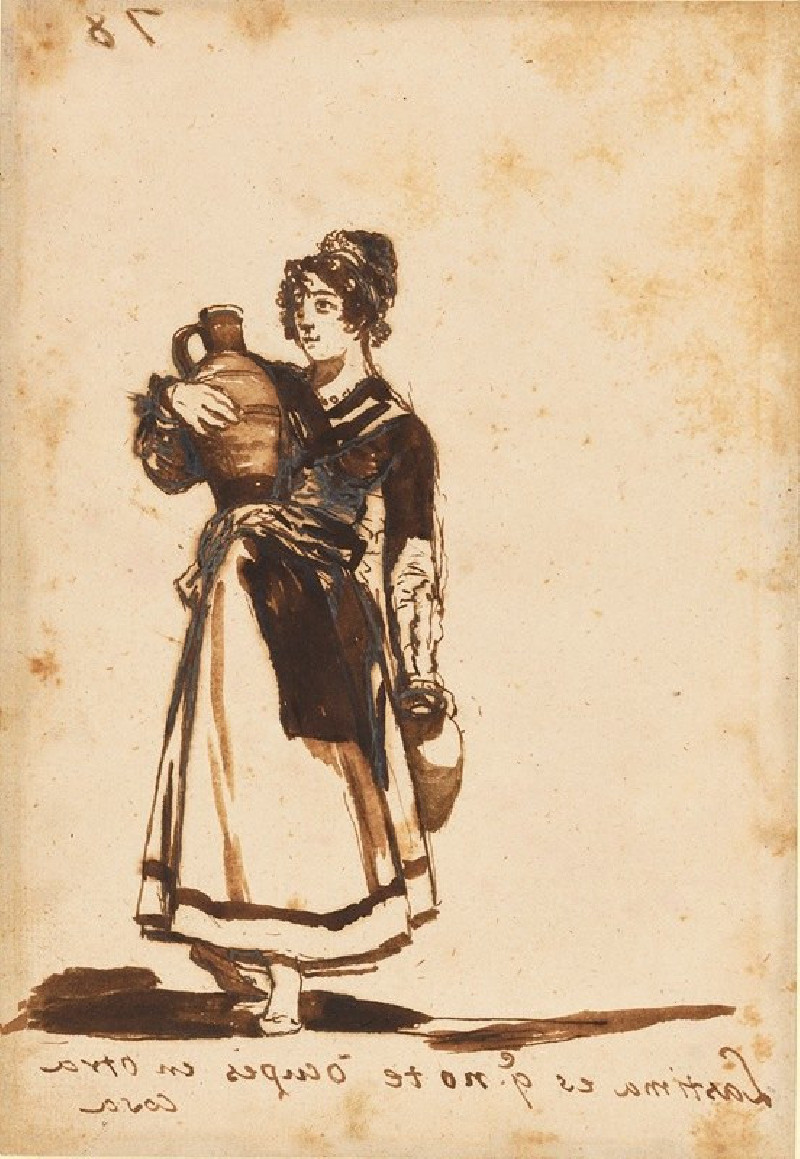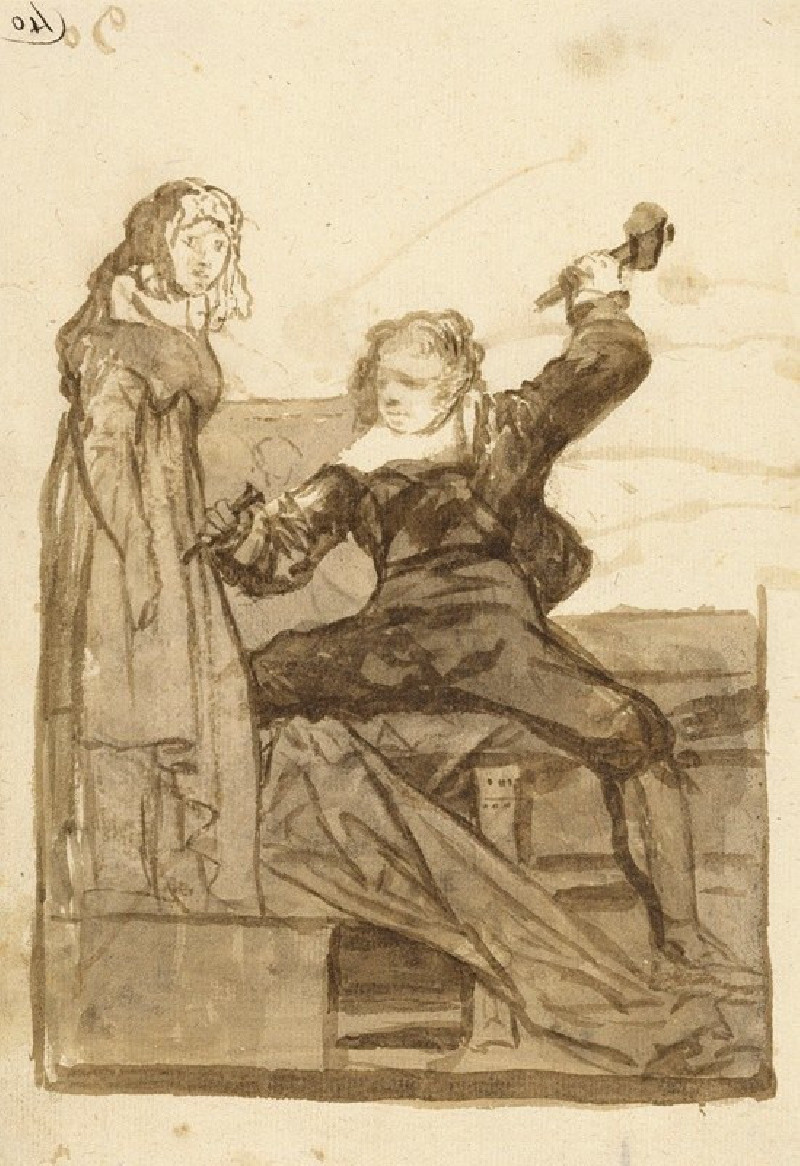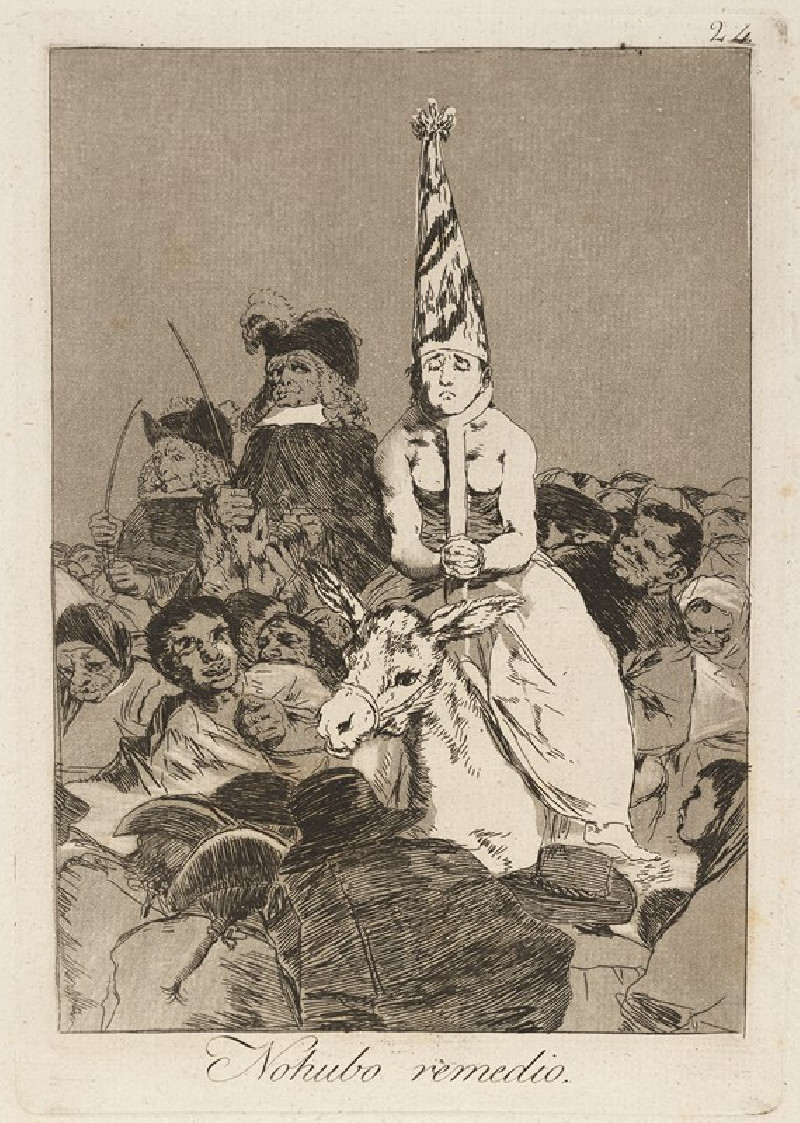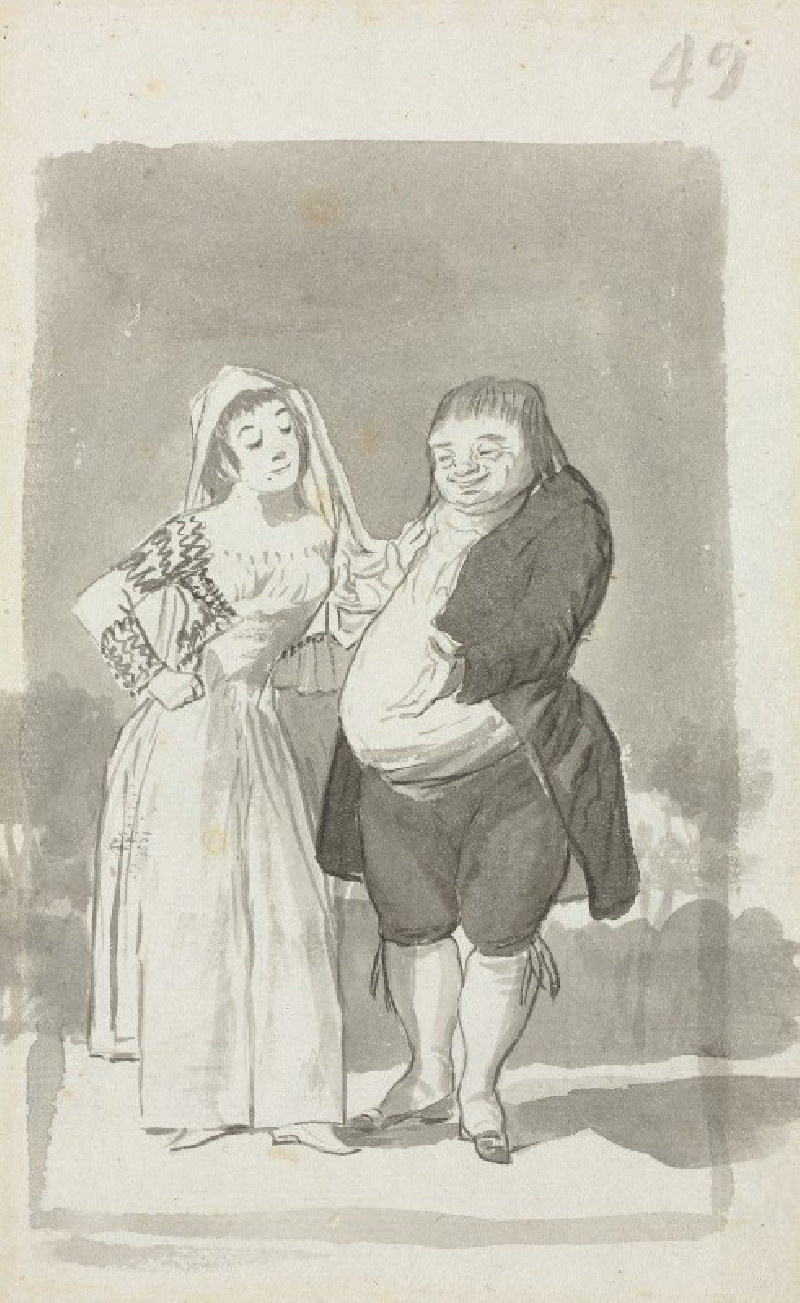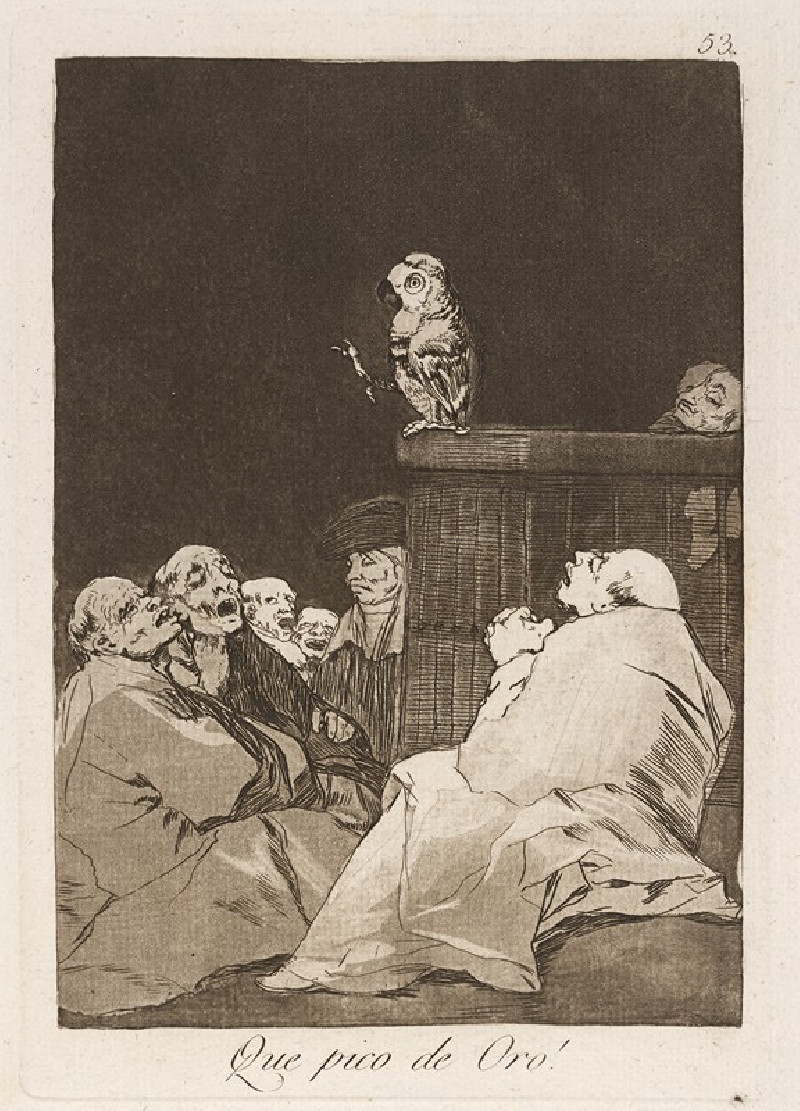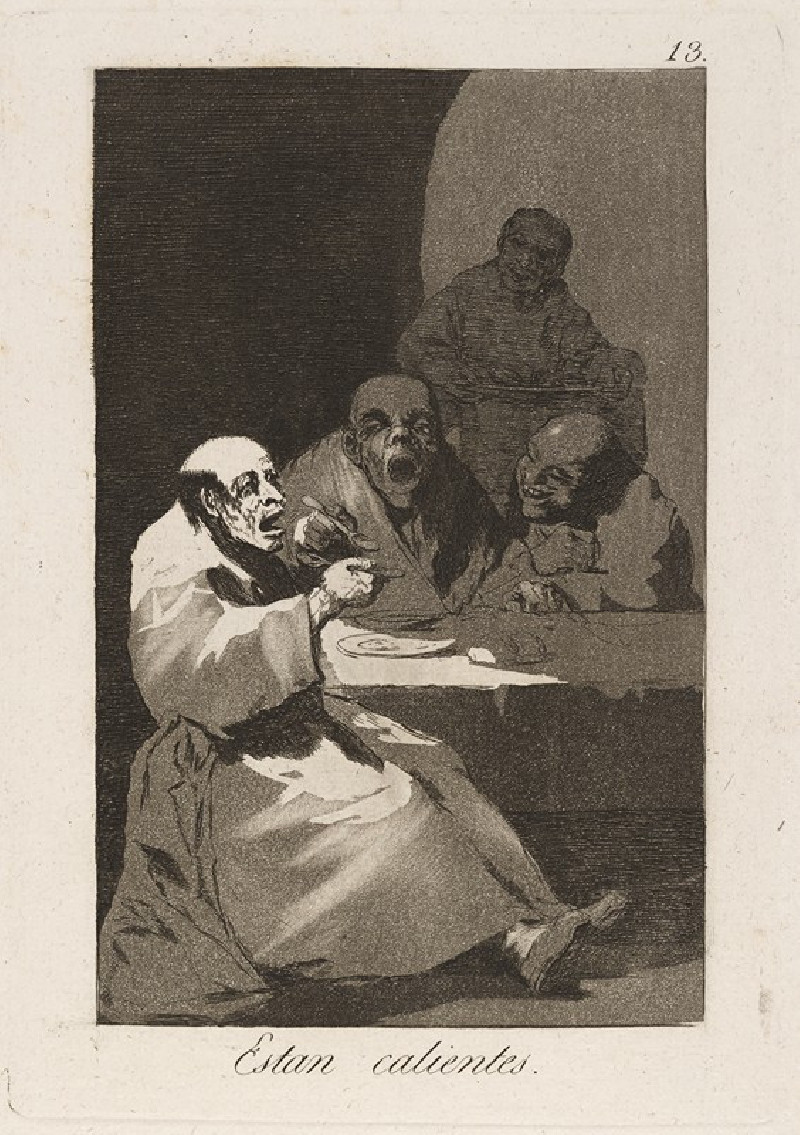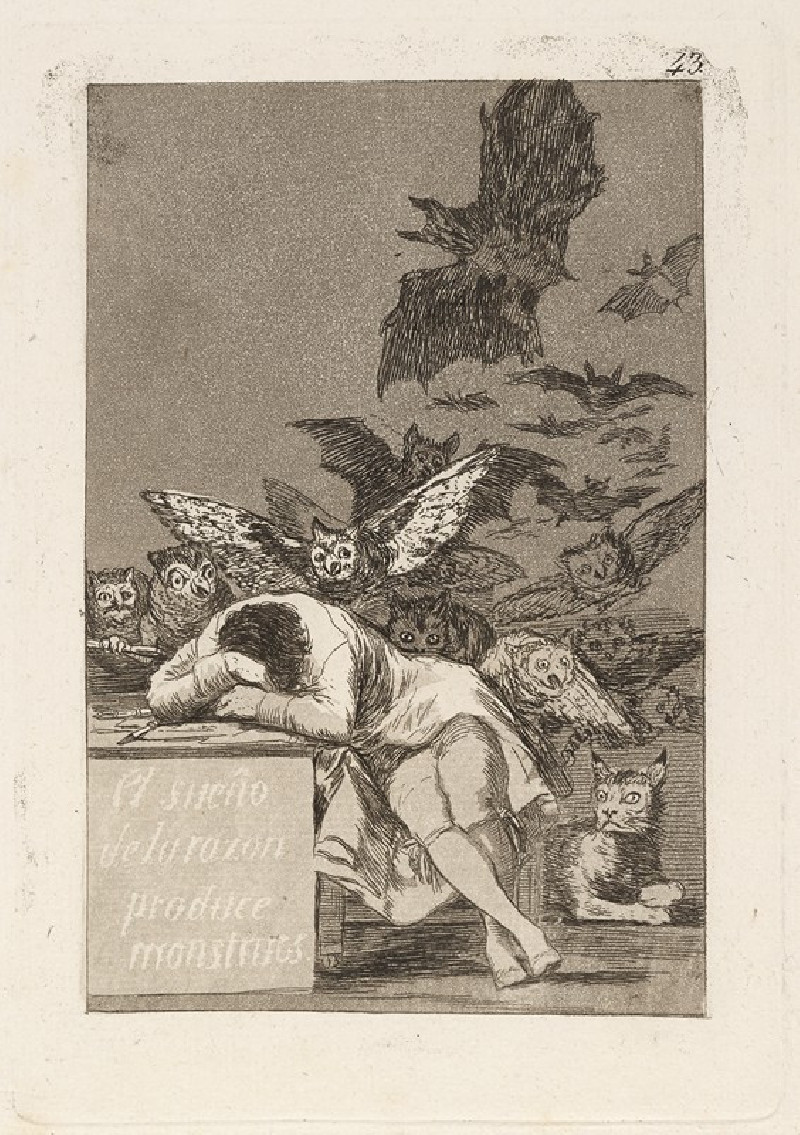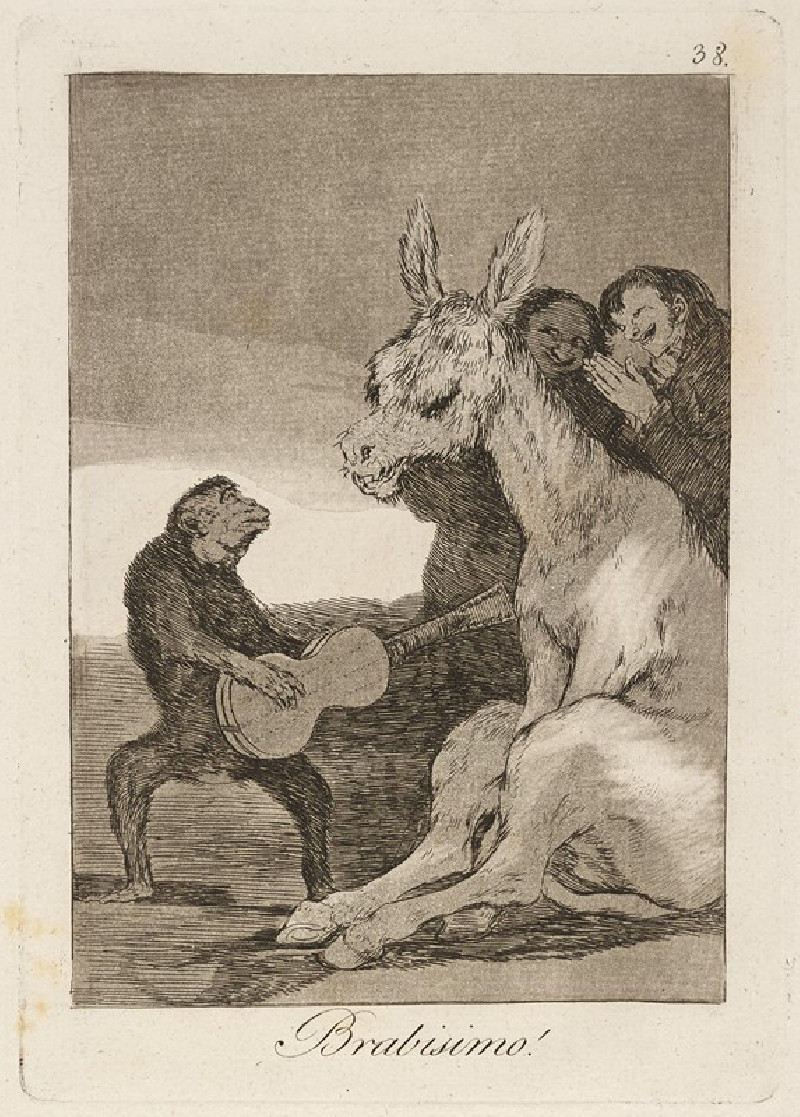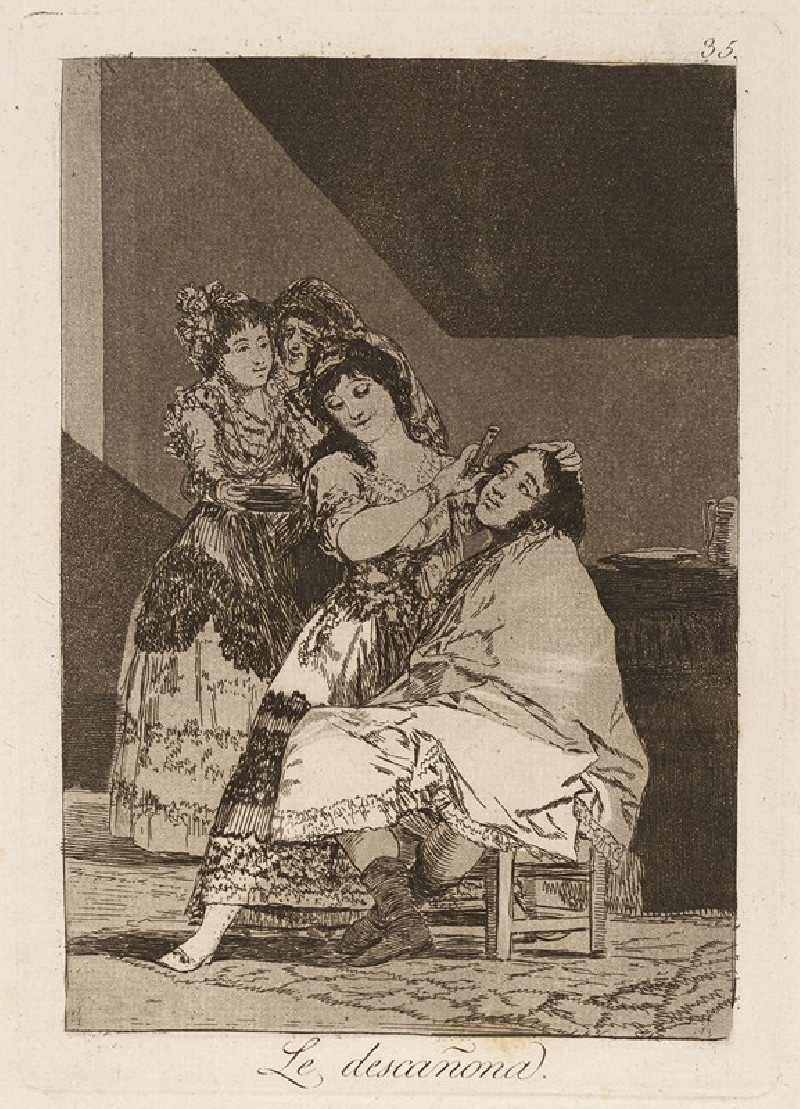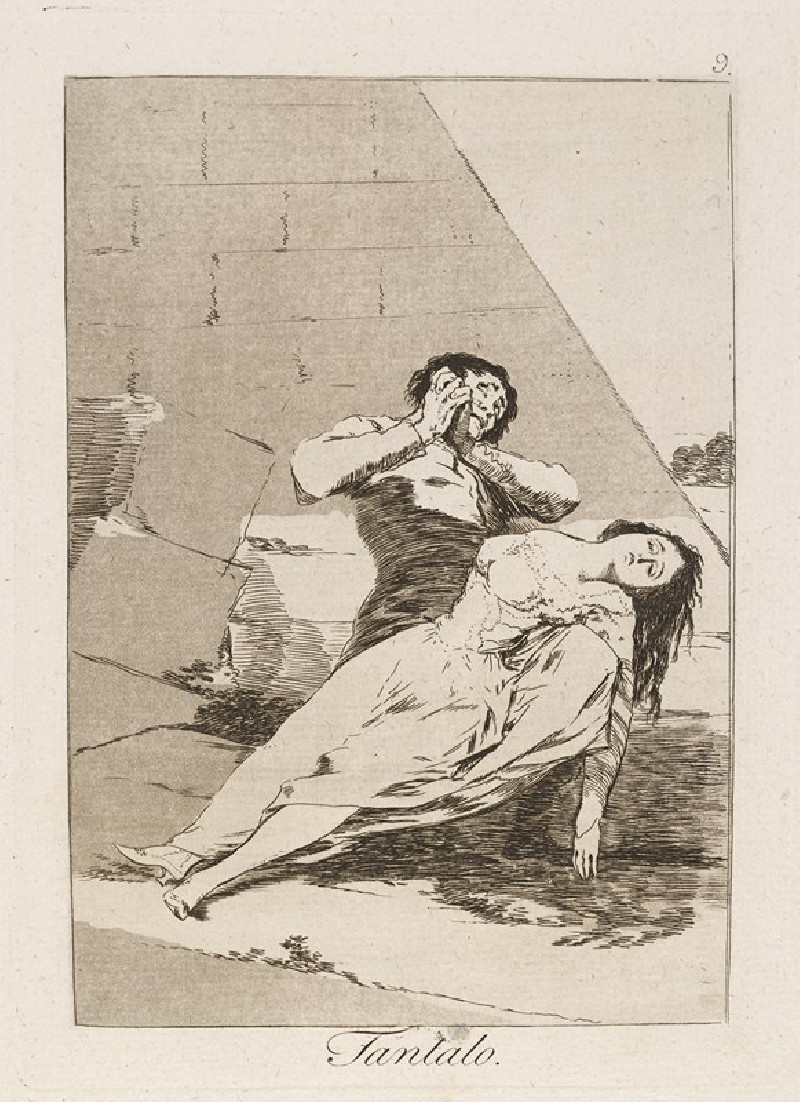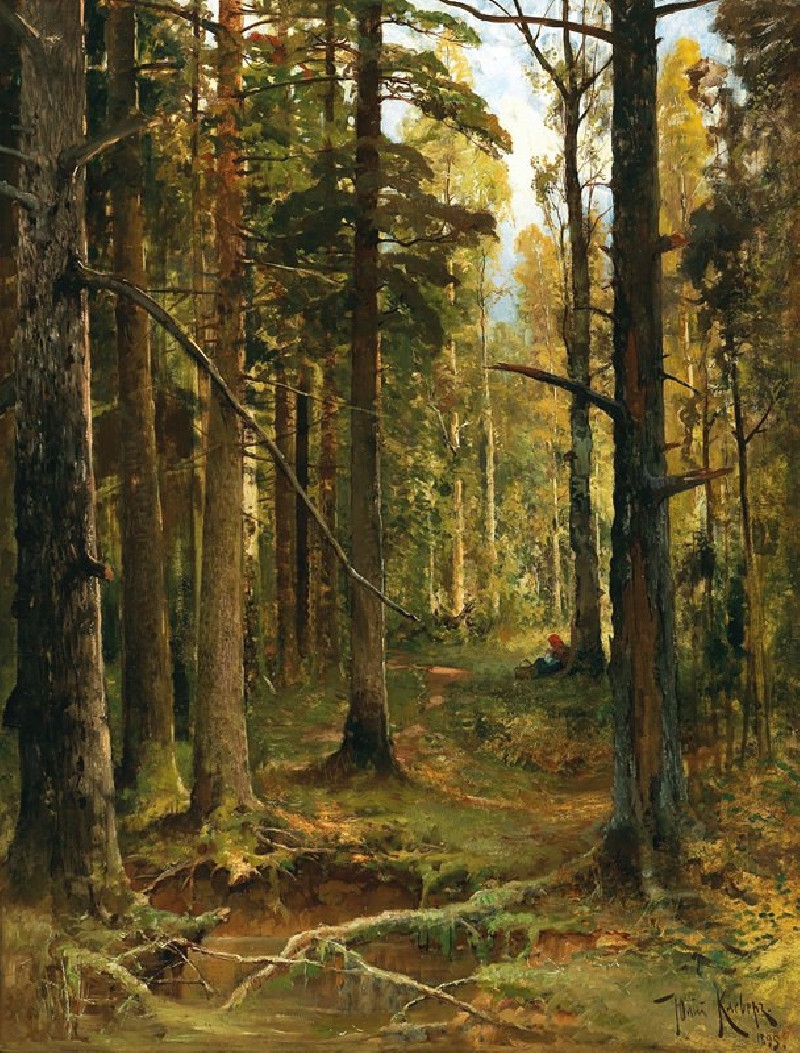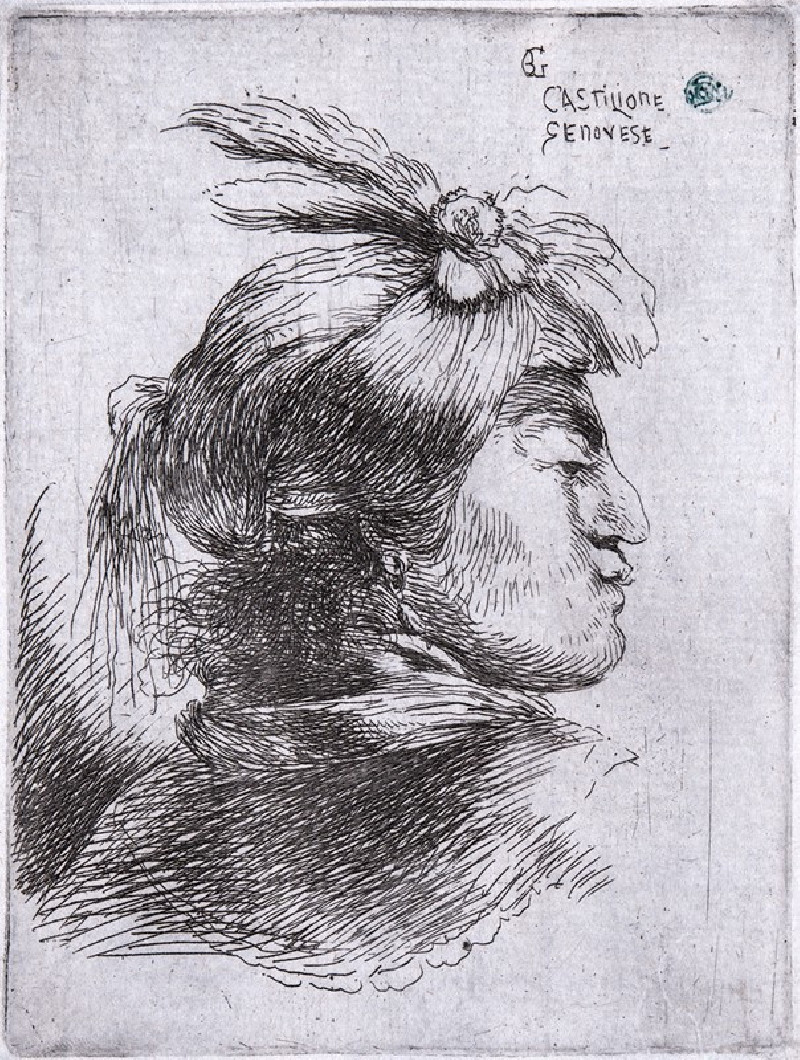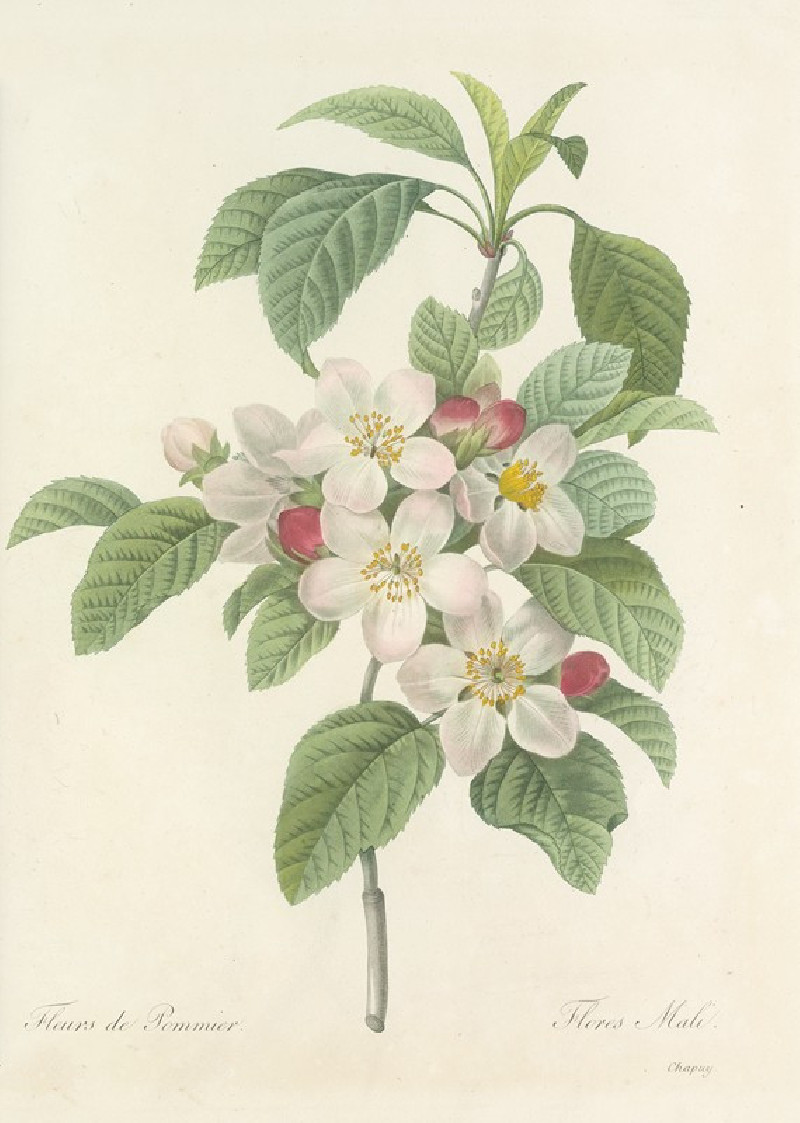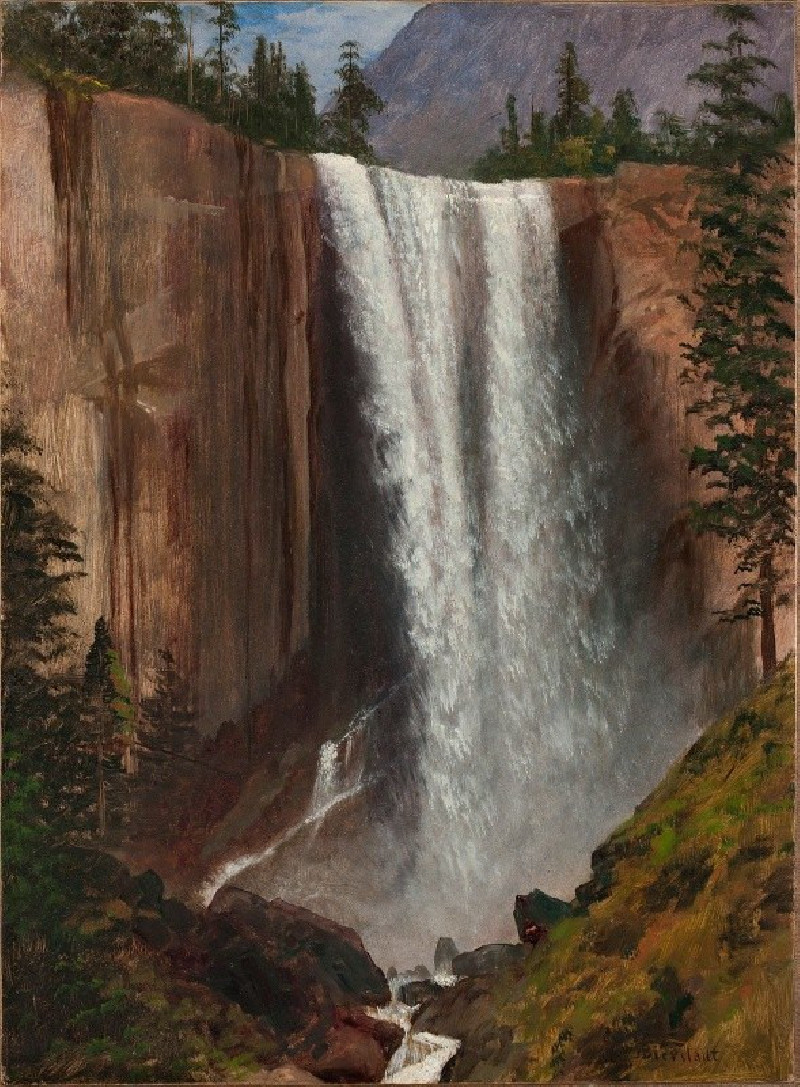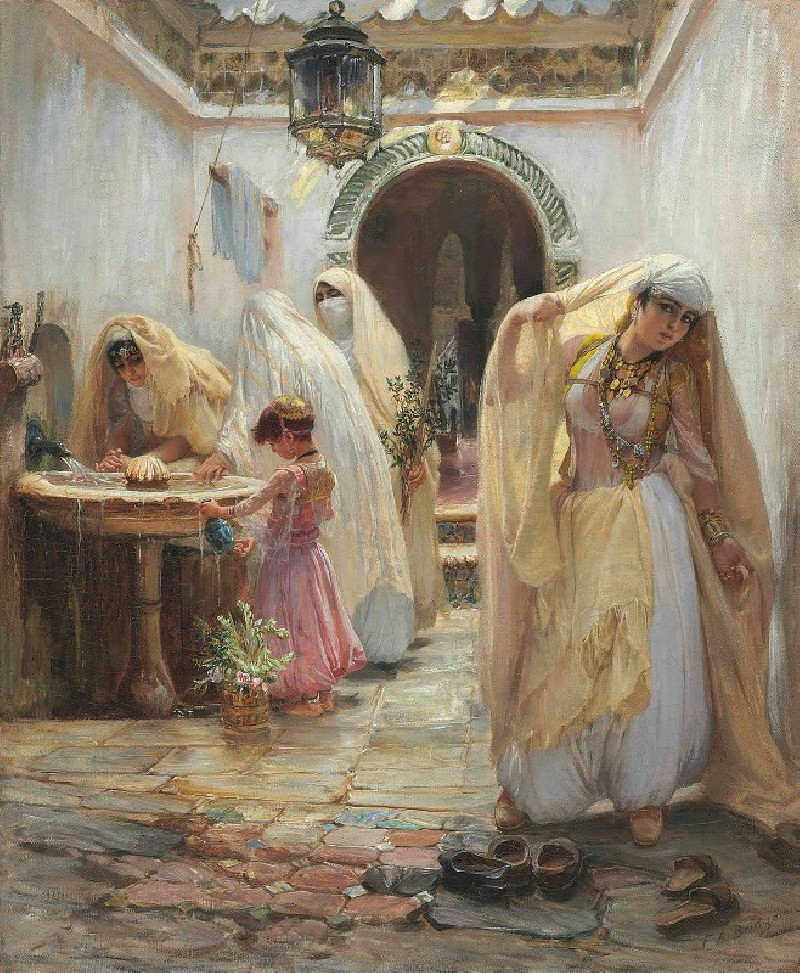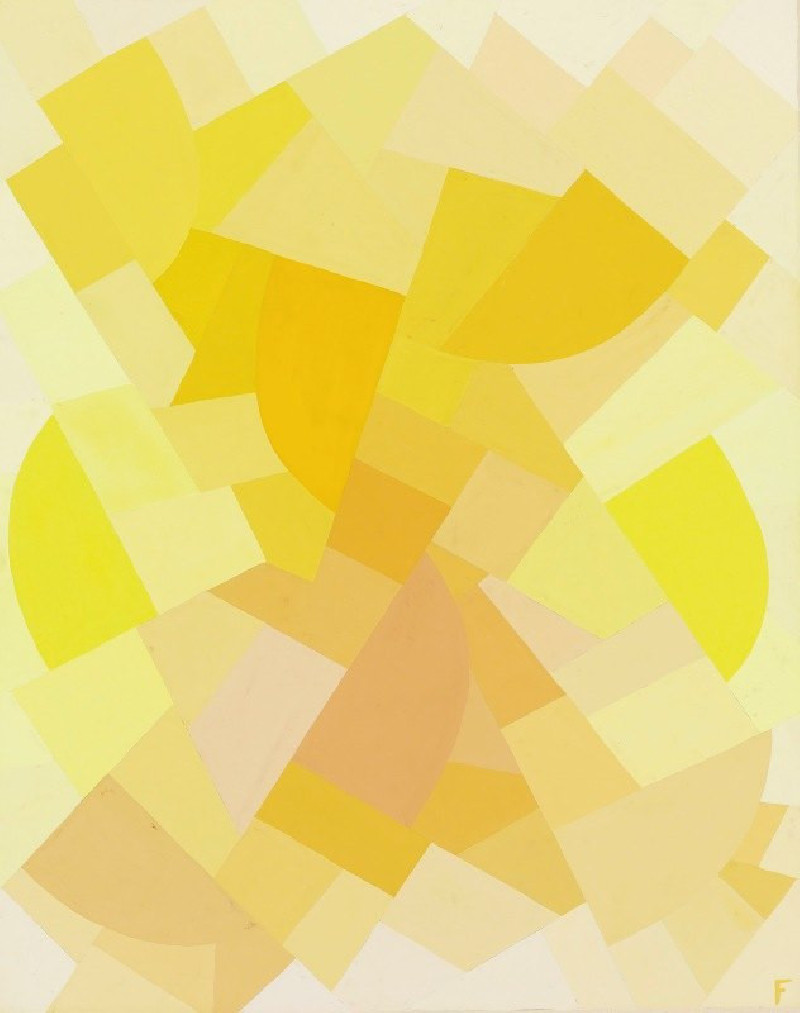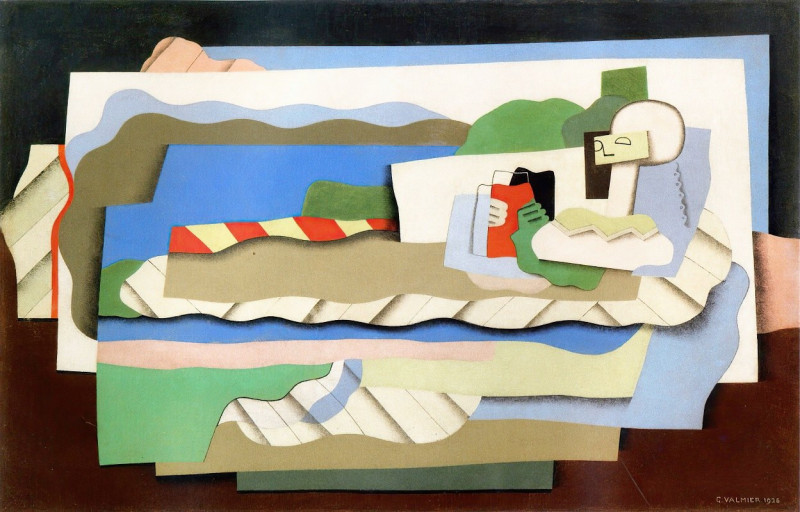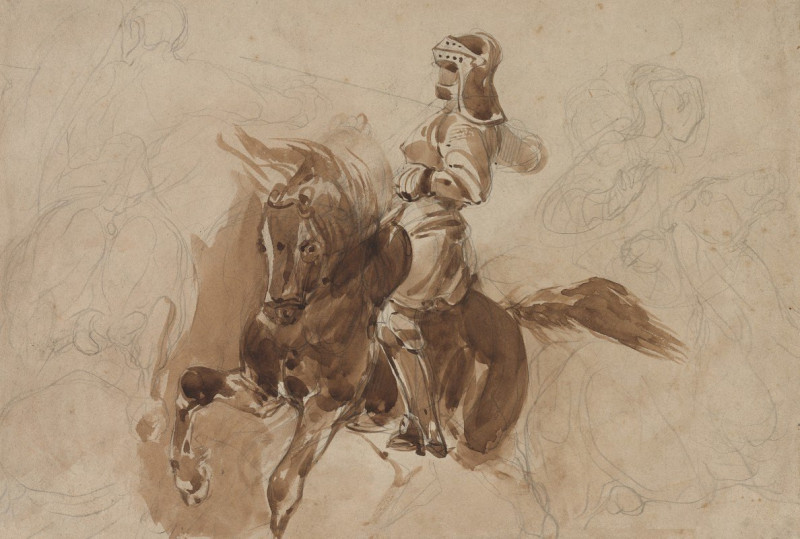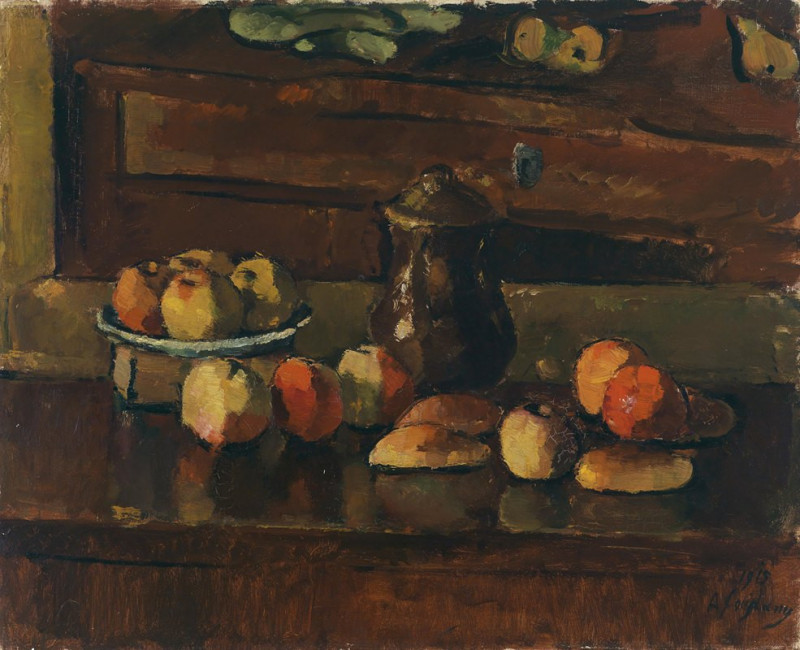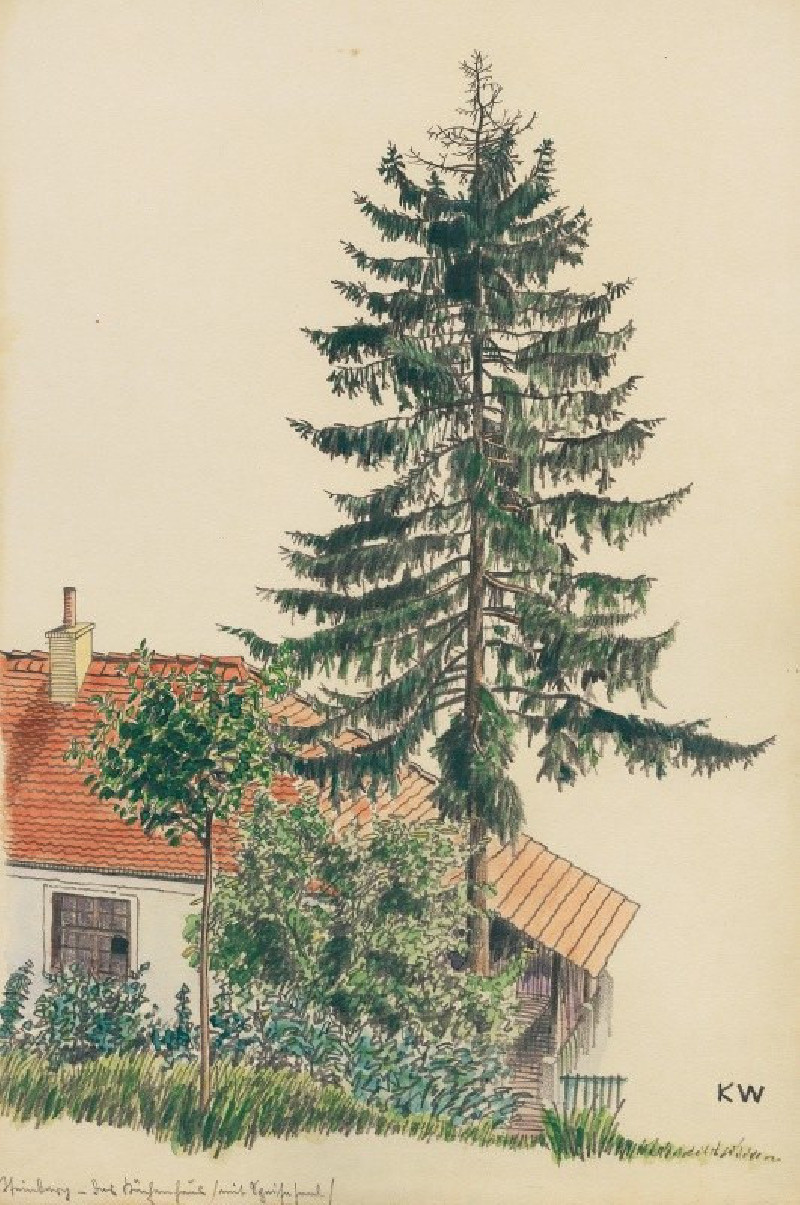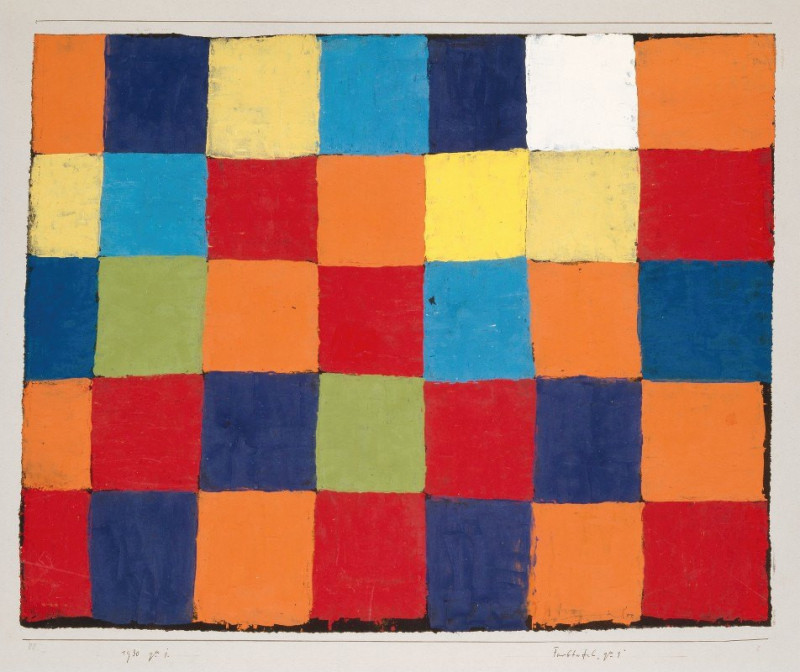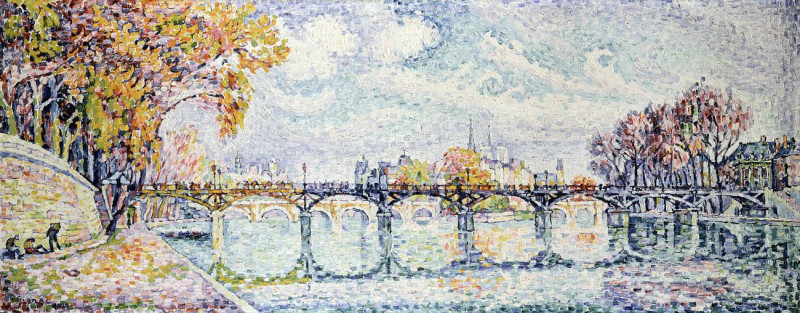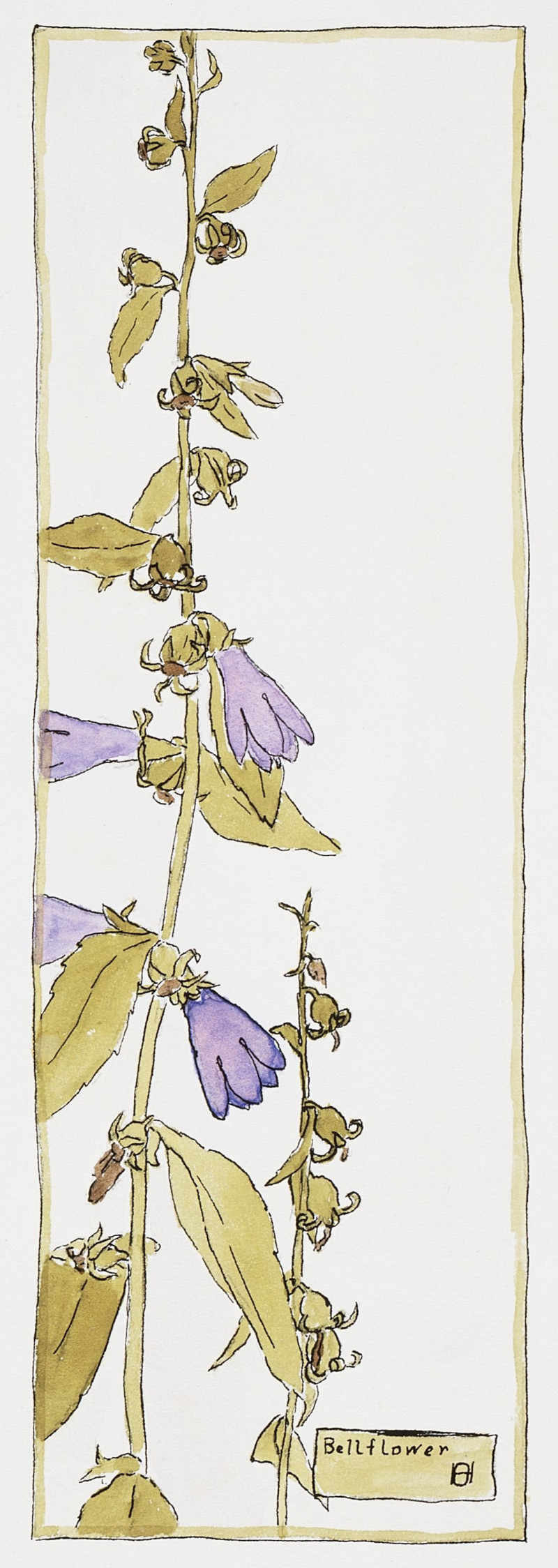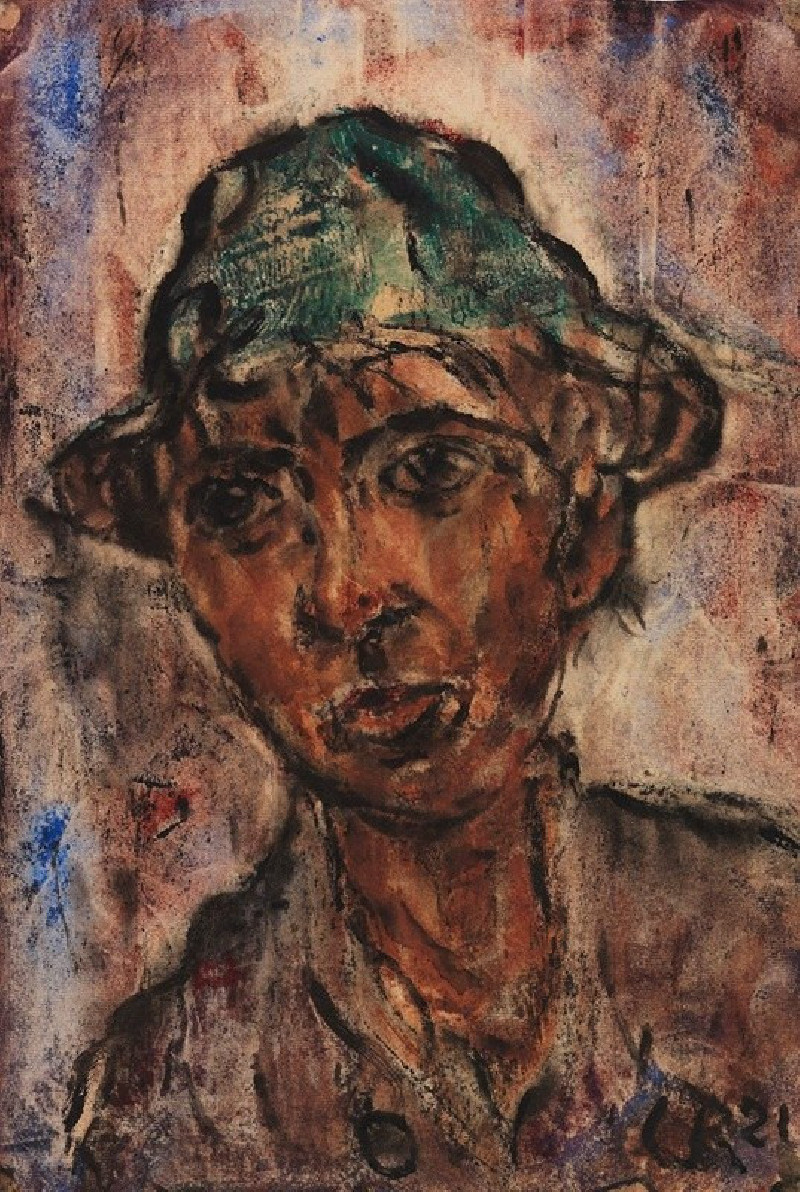The Forge (circa 1815-1820)
Technique: Giclée quality print
Recommended by our customers
More about this artwork
Francisco de Goya, a towering figure in the world of Spanish art, presents a compelling scene of physical labor and human endurance in his painting "The Forge," created around 1815-1820. This artwork captures a moment in a smithy where the sheer exertion and sweat of the workers are palpable.At the heart of the painting, three men are depicted in the midst of their arduous work. On the right, a muscular figure, his shirt billowing and soaked in sweat, wields a massive hammer high above his head, ready to strike down onto the hot iron held on an anvil. Beside him, another worker, focused and seemingly guiding the placement of the metal, braces for the impact. To the left, a younger participant, perhaps an apprentice, watches intently, learning the trade that thrums with brute strength and precise coordination.Goya’s mastery in using muted, earthy tones emphasizes the grit and grime of the forge. The background is dimly lit, shrouded in the grayish hues of the workshop, which serves to spotlight the figures and their laborious activity. The play of light accentuates the tension in their muscles and the sweat on their skin, evoking a sense of raw, almost heroic, endeavor in everyday work."The Forge" is more than a mere depiction of manual labor; it explores themes of human strength, skill, and resilience. Goya, known for his profound social commentary, invites the viewer to reflect on the nobility found in labor and the human condition itself, thus elevating a common forge into a scene of dramatic intensity and emotional depth.
Delivery
Returns
Francisco José de Goya y Lucientes (30 March 1746 – 16 April 1828) was a Spanish romantic painter and printmaker. He is considered the most important Spanish artist of the late 18th and early 19th centuries. His paintings, drawings, and engravings reflected contemporary historical upheavals and influenced important 19th- and 20th-century painters. Goya is often referred to as the last of the Old Masters and the first of the moderns.

